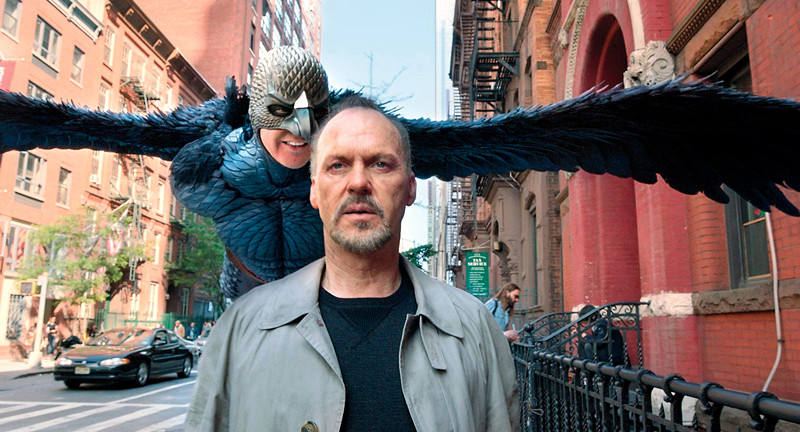
Looking at some of the best pairs of frequently collaborating actors and directors, i.e. Akira Kurosawa and Toshiro Mifune, Paul Thomas Anderson and Philip Seymour Hoffman, Werner Herzog and Klaus Kinski or Federico Fellini and Giulietta Masina, there’s a clear chemistry that extents from the front to the back of the camera.
The relationships we sometimes get a glimpse into between frequent collaborators aren’t quite just friendships (see: Herzog’s Documentary on Kinski, My Best Fiend). Like the films the pairings are involved in, their relationships are fluid with strong emotion and sheer focus.
Thinking back on the most productive frequent collaborations, the first films each player works on together can be very telling. In the case of Kinski and Herzog, the first project they ever worked on was Aguirre: The Wrath of God – this labor of love speaks for itself. Anyone paying attention could realize that this was the start of an incredible partnership.
Fast-forward to our time – new directors and actors have risen to international fame, and in many one-time director-actor collaborations, there is lots of potential. Here are 15 actor-director pairings who have only collaborated once, but who could continue to produce stellar work together.
1. Barry Jenkins and Mahershala Ali
Film they collaborated on: Moonlight (2016)
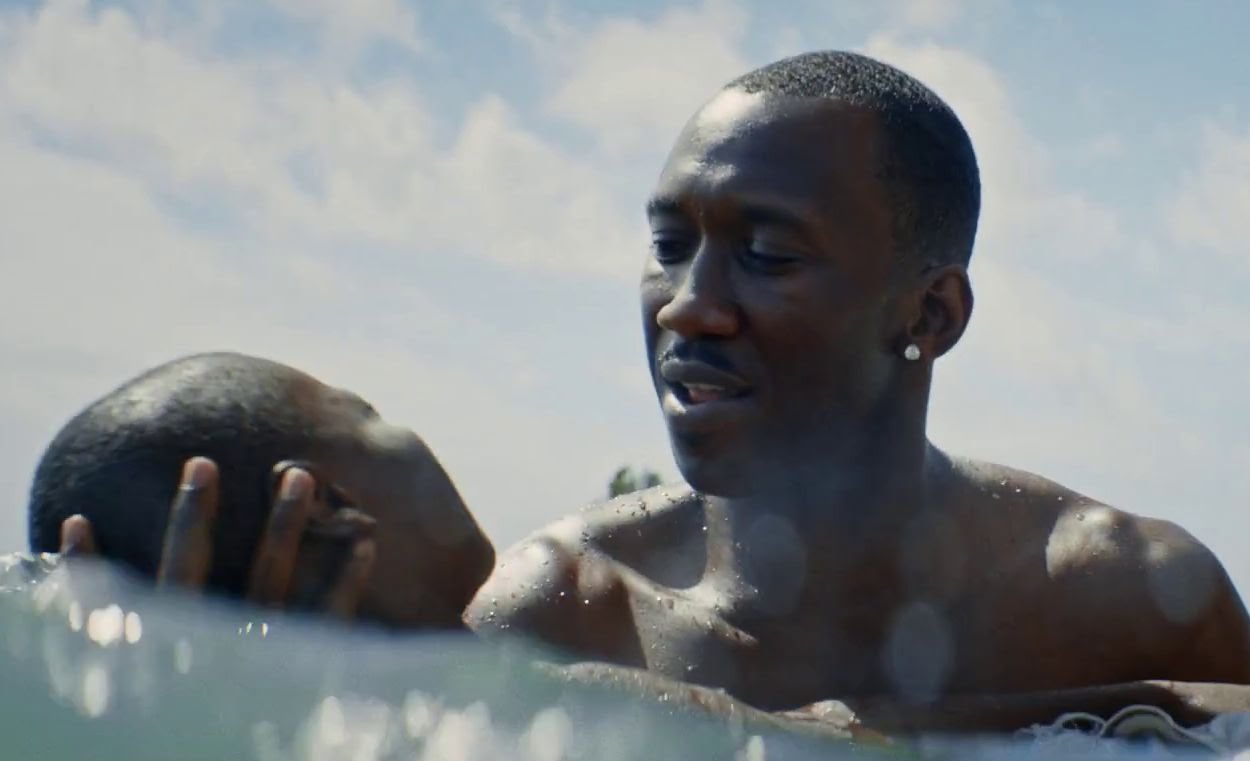
Moonlight, which recently took home an Oscar for best picture, is one of the best films of our time – a gentle exploration of youth in ghettoized Miami, and a raw meditation on blackness, queerness, poverty and addiction, Barry Jenkins exhibits delicate, observational filmmaking like we’ve never seen before in his second feature.
Thousands of words could be written praising the film – it’s really that good. But just one aspect to focus on is the performance of Mahershala Ali as Juan, a drug dealer and fatherly figure to the film’s protagonist Chiron in the first stage of his life (Ali took home the Oscar for Best Supporting Actor for this performance).
Ali and Jenkins seem perfect for each other – they both know when to choose subtlety over extroversion (and seem to prefer it), Ali can read between the lines of Jenkins colorful but short-spoken dialogue, and both of them have mastered the art of embracing their identity in the context of modern ideas of race and masculinity.
Future collaborations between the two don’t necessarily need to involve Jenkins writing soft-spoken, pensive characters for Ali to play – they’re both capable of working around much different characters. But there is a clear sense of partnership between the two in real life, and their work together on camera leaves us wanting more.
2. Quentin Tarantino and Leonardo Dicaprio
Film they collaborated on: Django Unchained (2012)
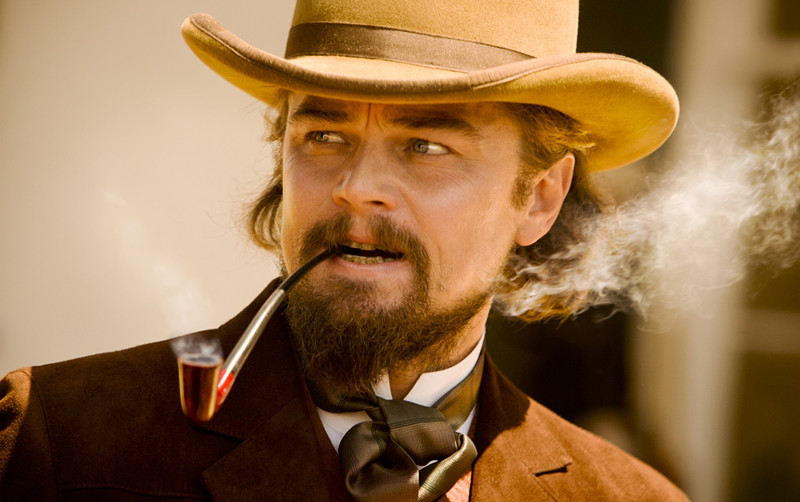
At this point, a ‘Tarantino film’ feels like its own genre and/or brand. For 25 years the high school drop out has grabbed our attention with bloody, impulsive films, which exude coolness and the kind of fun we’re not supposed to explore in real life.
In his second historical fiction revenge flick, Django: Unchained, many familiar faces come out to play. Christoph Waltz plays the calculating and charming Doctor King Schultz, winning his second Oscar after his performance in Tarantino’s Inglourious Basterds (2009); Samuel L. Jackson plays Stephen, a henchman-like, antagonistic slave whose loyalty lies not with his fellow oppressed persons but only with his master, plantation owner Calvin Candie, played with gusto by Leonardo Dicaprio.
A Dicaprio-Tarantino collaboration seemed at its time like something that, although you never really though about it, absolutely needed to happen. It definitely paid off well – the image of Dicaprio smashing a scull with a hammer amidst a torrent monologue, causing blood to spurt from his hand which he then rubs all over Kerry Washington’s character Broomhilda is unforgettable (and was improvised!). It feels like this feat would be impossible without an environment Tarantino creates best, which encourages extremity, melodrama, blood, and improvisation.
While Tarantino is rightfully often accused of lacking substance in a lot of his formulaic fire-cracker dialogue and ultra violent characters, there’s no denying the entertainment value of his films and the uniqueness of his better characters. Another Tarantino-Dicaprio collaboration could be just as intense, passionate, and entertaining as their first.
3. Richard Linklater and Ellar Coltrane
Film they collaborated on: Boyhood (2014)
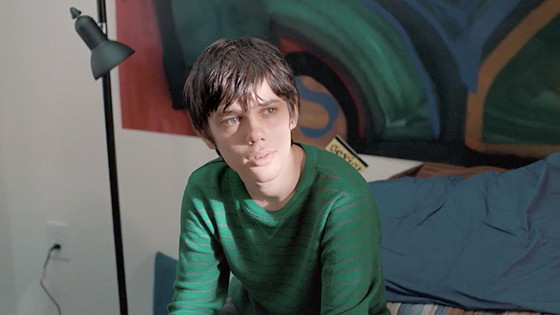
Boyhood, filmed in 12 weeks over the course of 12 years, technically had the longest production schedule in film history. Linklater’s authentic and personal tapestry of childhood is easy to connect with, nuanced, and original in its normalcy.
Coltrane plays Mason, the boy at the center of it all – we can call into question weather his performance really was a performance; he was after all, just a kid. However, Linklater’s directing prowess extends from adults to children, and he handled Coltrane and his daughter Lorelai (who plays Mason’s sister Samantha) with the same focus as the actors themselves went through puberty and lost their innocence.
Although the production schedule only was a mere 12 weeks, Linklater was arguably a huge part of Coltrane’s bringing up – their relationship may be one of the most uniquely personal in all of Hollywood.
Now that Coltrane is a young adult, it would be interesting to see Linklater write new parts for him. Linklater’s playful approach to filmmaking went well with Coltrane’s lack of training or a defined style of acting, and their casual mentor-mentee relationship could develop into and equally beneficial friendship.
4. Ava Duvernay and David Oleyewo
Film they collaborated on: Selma (2014)
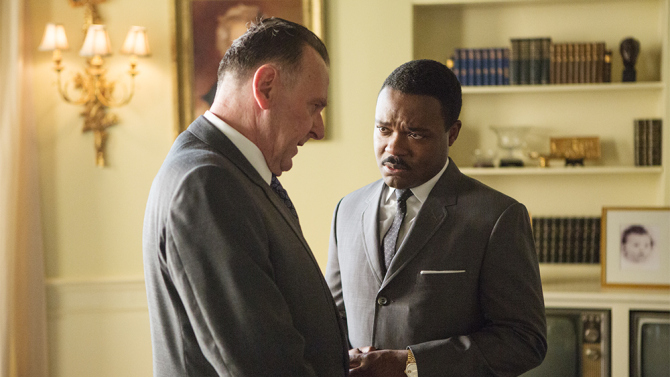
Ava Duverney is arguably the most prominent female black director in Holywood right now – her biopic Selma (2014) was an awards darling and her recent documentary on Mass Incarceration 13th opened the New York Film Festival to almost unanimous praise.
Her big-budget, historically significant, A Wrinkle in Time is in post-production, and an idea conceived from twitter for her to direct Rhianna and Lupita Nyong’o in a heist film written by Issa Ray is now being developed at Netflix. There’s no denying she’s got a lot on her plate.
Oleyowo, using the passion he applied to playing Doctor Martin Luther King Junior in Selma, has recently given passionate performances in films like Queen of Katwe (2016) and A United Kingdom (2016), which were more or less ignored.
Still, Selma arguably launched a new phase of both of their careers, in which they became more mainstream names in the industry. While Oleyowo could learn a lot about playing King from watching the man himself, under Duverney’s direction he was able to illuminate the man like no one else, with nuance and honesty. Selma was unique in how personal it felt – as if King could show us his flaws and we’d still be at his side, something he couldn’t do in real life.
This escape from the double standards of reality isn’t an accident – it’s Duverney and Oleyowo, embracing their blackness with flying colors. They gave us the Martin Luther King he couldn’t give us, which arguably a white male activist maybe could.
Another collaboration between the two, for various reasons, could be incredible – for one thing, Oleyowo was deprived of an Oscar nomination for best Actor, and another performance under Duverney’s guise could redeem that. The work they produced together in Selma was unforgettable, powerful, and rewarding.
5. Paul Thomas Anderson and Adam Sandler
Film they collaborated on: Punch Drunk Love (2003)
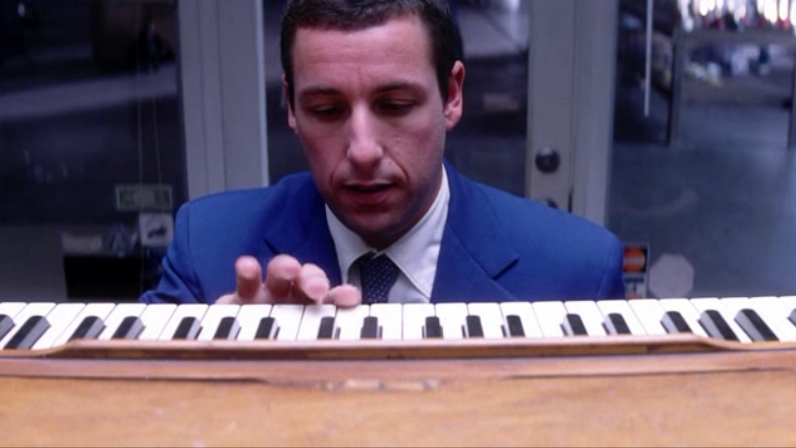
Anderson’s most simplistic film is, like everything he does, masterful in its own way. And yet, something phenomenal is going on in this otherwise incredibly normal-seeming film (at least until the plot heats up): Adam Sandler is acting like a pro.
It’s not the first time PTA has brought out different sides of entertainers we’re not used to – Tom Cruise’s work in Magnolia (1999) is arguably his best and most unlike anything he’s ever done.
But with Punch Drunk Love, it’s like a magic trick. Adam Sandler, a man who considers himself a comedian before an actor and profits generally from being bad at comedy, acts his socks off! He plays Barry Egan, a man plagued with anxiety, anger, and critical shyness.
Most incredible of all is how serious Sandler takes the responsibility of role – the laughs are organic but he only seeks authenticity and to give a voice to the little guy that is Barry Egan.
In Punch Drunk Love, we shouldn’t only celebrate PTA for achieving what seemed impossible; we ought to celebrate Sandler for his incredible and unexpected work, and we should encourage more of it. PTA would be a perfect director to collaborate again with Sandler and perhaps make him feel comfortable being a ‘pro-actor’ – a lot of his most incredible characters have been played by actors he’s worked with on many occasion, i.e. Hoffman, John C. Riley, and Joaquin Phoenix.
6. Sofia Coppola and Bill Murray
Film they collaborated on: Lost in Translation (2003)
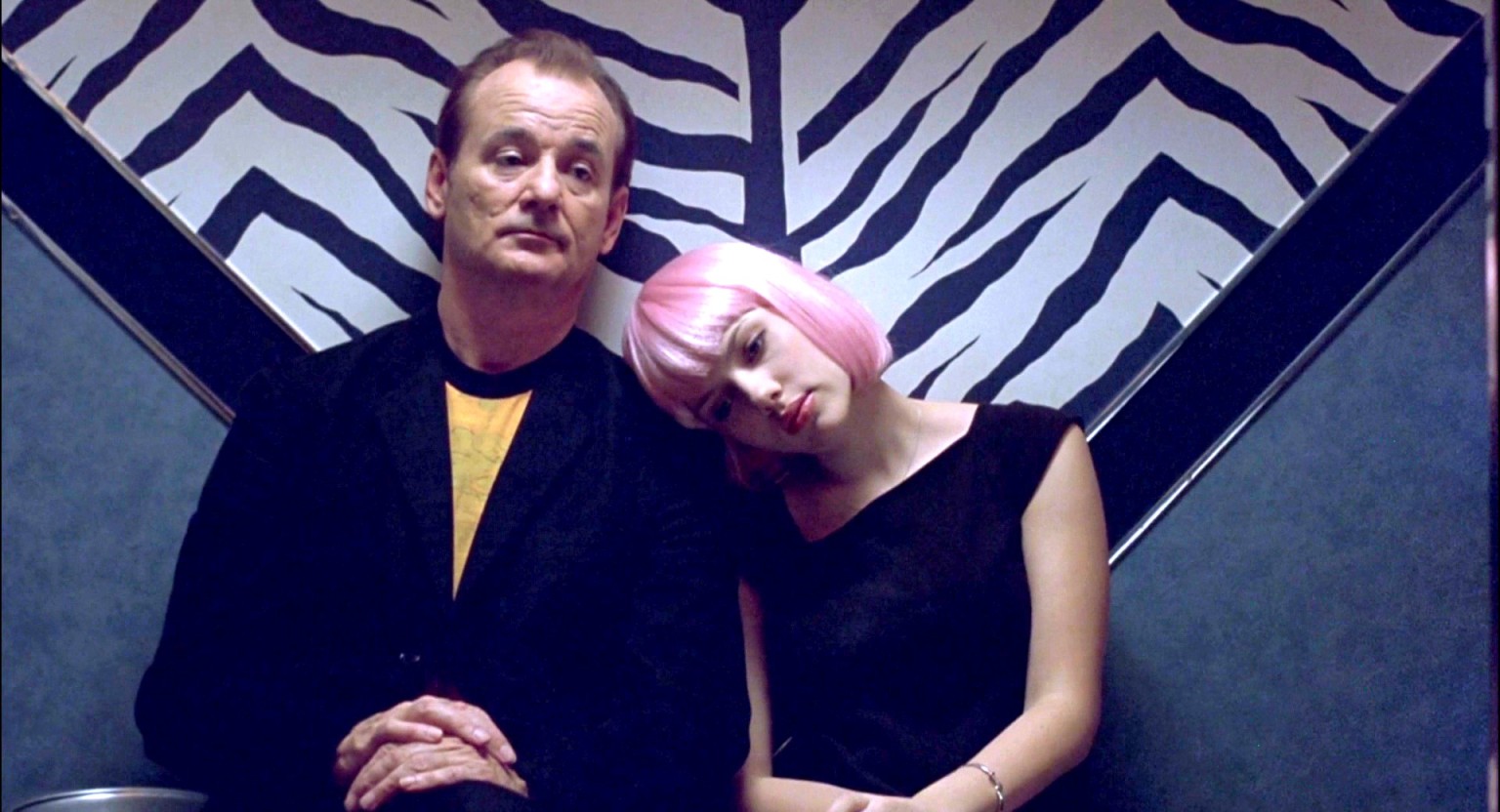
Sofia Coppola, who just became the second female director in history to win the Cannes Prize for Best Director, has established herself as a unique voice and one of many standouts from the Coppola dynasty.
But before she was the woman she is today, she was the daughter of the man behind The Godfather and Apocalypse Now, surprising the world with her beloved sophomore feature ‘Lost in Translation.’
Murray’s melancholic blue eyes and fuzzy energy are a perfect match for Sofia Coppola’s insightful style of filmmaking, and yet, since her 2003 smash hit the only thing they collaborated on was a mediocre Christmas special for Netflix.
Another true Coppola-Murray collaboration is long overdue.
7. Jim Jarmusch and Adam Driver
Film they collaborated on: Paterson (2016)
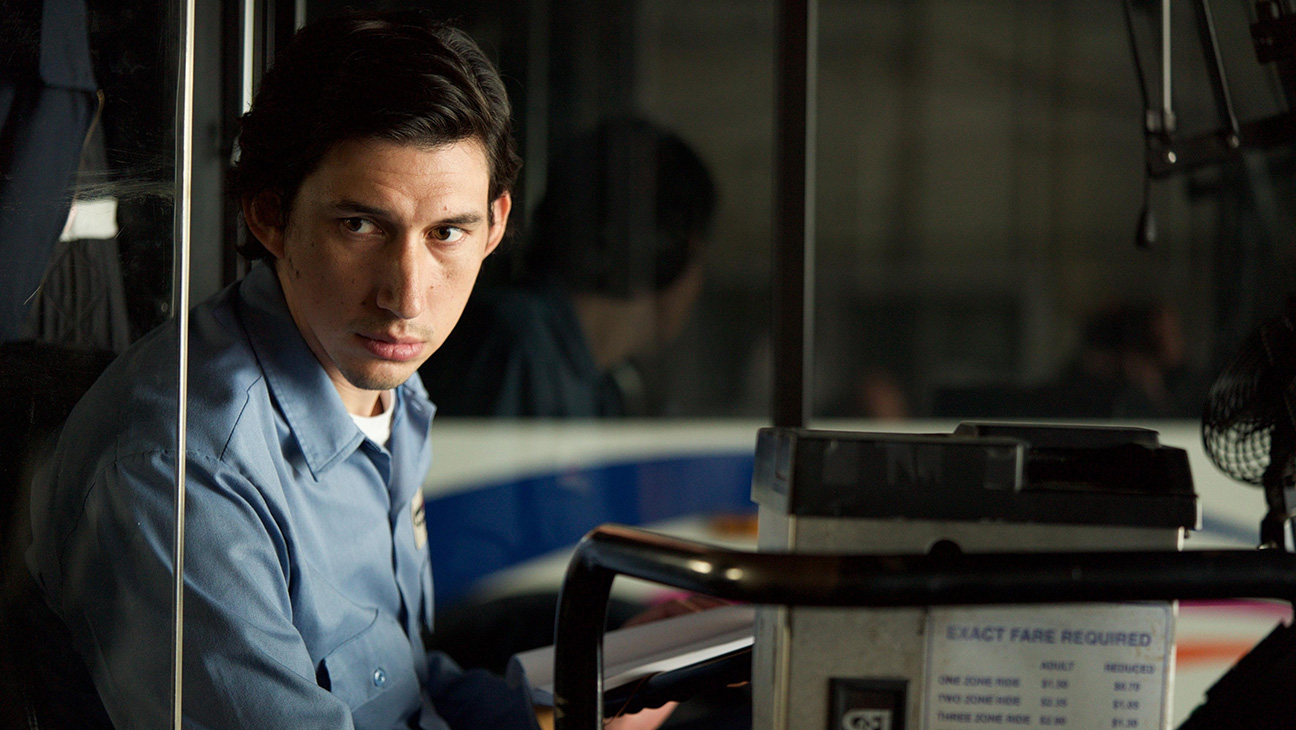
Paterson may have been 2016’s most criminally underrated film, at least with respect to accolades.
Nevertheless, Adam Driver in all his scruffy glory feels like a man destined to work with Jarmusch.
Jarmusch’s balancing of themes such as sadness, coincidence, and expression goes hand in hand with Driver’s subtle but standout technique. The resulting poetic harmony is something that ought to not be ignored.
Paterson feels like the beginning of an incredible relationship between an actor and a director, but only time will tell.